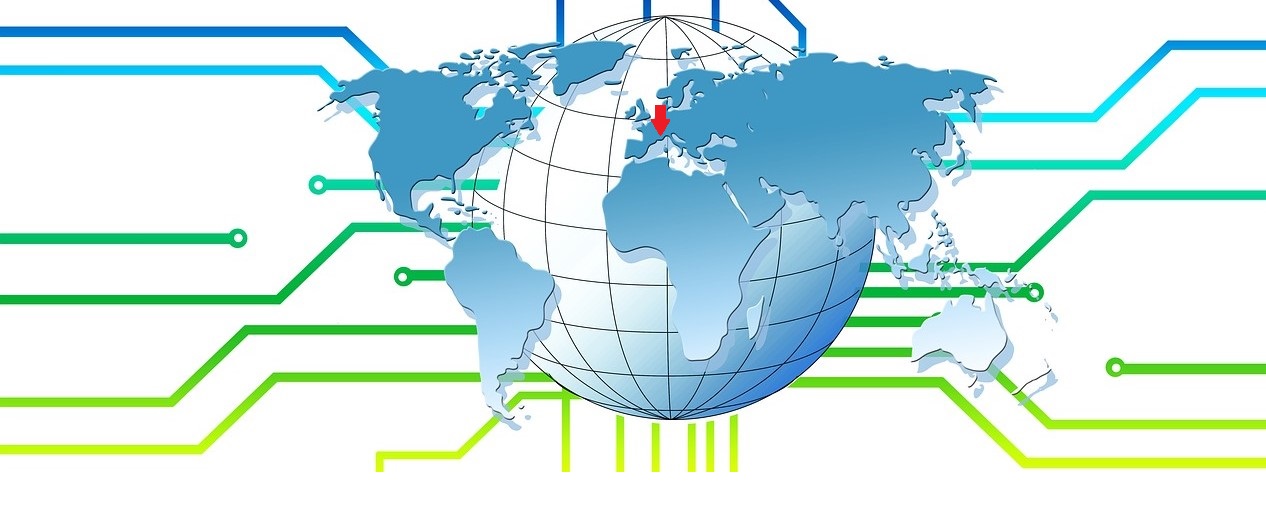Skip to content
- Planet.org provides daily Earth data to observe physical changes and make better decisions. Planet provides daily satellite data that helps businesses, governments, researchers, and journalists understand the physical world and take actions.
- Applications:
- Forestry monitoring
- Land-use analysis
- Crop management, i.e. stress identification
- Drought detection
- Defense & intel findings
- Illegal activities detection
- Mining optimisation
- Global Land Cover Maps consists of a free annual coverage imagery of the world, from 1992 to 2020.
- Applications:
- Land coverage observations
- Land-use analysis at lower resolution but wide coverage
- CORINE The Copernicus Global Land Service (CGLS) is a component of the Land Monitoring Core Service (LMCS) of Copernicus, the European flagship programme on Earth Observation. The Global Land Service systematically produces a series of qualified bio-geophysical products on the status and evolution of the land surface, at global scale and at mid to low spatial resolution, complemented by the constitution of long term time series. The products are used to monitor the vegetation, the water cycle, the energy budget and the terrestrial cryosphere.
- Application:
- Land cover analysis
- Forestry monitoring
- Crop management
- Specialised map creation
- Heatwave monitoring
- Landsat Level-1 data, as well as Level-2 and Level-3 science products held in the USGS archive, have been available for download at no charge from a variety of data portals. This page provides information about searching and downloading Landsat data and science products.
- Application:
- Many application possible, amongst the most probable are the calculation of indices such as the NDVI, the NDMI, the NDSI and many more, used to evaluate the physcial or ecological changes of the natural environment. Its range of usage varies a lot from agricultural management, forest health monitoring, wildfire risk assesment, coastal change analysis, glacier retreat quantification, urban development and many more. Landsat satellites are all equipped with several sensors (11 bands for Landsat 9, the most recent one) capting and producing a large specter of data, thus their usability is very wide. USGS provides post-processed, cloudless data, useful for several types of needs.
- Copernicus provides complete, free and open access to Sentinel-1, Sentinel-2, Sentinel-3 and Sentinel-5P user products, starting from the In-Orbit Commissioning Review (IOCR).
- Application:
- Many applications possibles, alongside providing a high resolution and cloudless imagery of the Earth, Sentinel satellites missions are also providing precious data of the emerged lands (Sentinel – 2), vegetation surveillance and oceanographic management (Sentinel – 3), atmospheric and climatic observations (Sentinel – 4; should be launched in 2023), atmospheric composition (Sentinel – 5) and precise altimetric data (Sentinel – 6).
- EuroStat is the Statistical office of the European Union, produces free geostatistical data for anyone needing it.
- Application:
- Depending on the needs, many basis are covered with the data provided in this list, check out the catalog here to find the most suitable data adapted to your needs. However, the most common application with this type of catalog is map-creation & human behaviour analysis over the EU.
- OpenStreetMap is a collaborative project to create a free editable geographic databases of the world. The geodata underlying the maps is considered the primary output of the project.
- Applications:
- High-resolution map production
- Street-level imagery accessiblity
- Route planning

